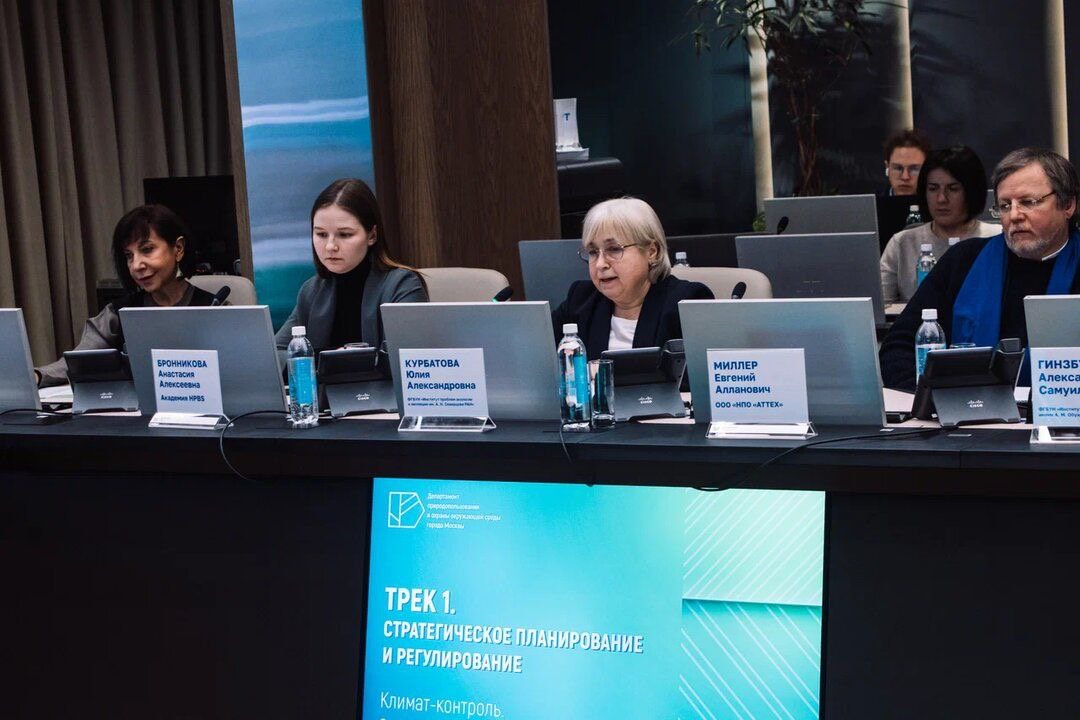
Yulia Kurbatova, head of the V.N. Sukachev laboratory of biogeocenology of the A.N. Severtsov Institute of Ecology and Evolution RAS, made a report “How the climate-regulating functions of ecosystems in Russia are assessed” at the Expert Discussion Platform “Climate Dialogues”. We publish the abstract of the speech.
Special attention must be paid to the organization of high-precision instrumental monitoring of climate-active substances on the territory of Russia, A.N. Severtsov Institute of Ecology and Evolution RAS, which has been involved in this topic for more than 25 years. The V.N. Sukachev Laboratory of Biogeocenology has many years of experience in researching greenhouse gas flows at various levels of spatial averaging and is a leading Russian team developing a network of observations of ecosystem flows of greenhouse gases in various terrestrial ecosystems of the Russian Federation.
The main research base of the Laboratory is the ecosystems of the Tver region is located on the territory of the Central Forest State Natural Biosphere Reserve, one of the oldest reserves in Russia, which represents a reserve of indigenous spruce forests and raised bogs.
The Laboratory team is developing a local network of automatic ecological-climatic stations on the territory of the reserve to conduct high-frequency, continuous, year-round observations of the absorption and emission of greenhouse gases and environmental factors in forest and swamp ecosystems.
Analysis of experimental data makes it possible to evaluate ecosystems as sinks or sources of greenhouse gases for the atmosphere. According to studies, currently almost all terrestrial ecosystems in Russia are sinks of greenhouse gases. However, different ecosystems are differently sensitive to climate change.
Our task is to assess, based on the analysis of long-term data, the sensitivity of our country’s ecosystems to ongoing climate changes.
The main result of our work is long-term data series obtained since 1998, which allow us to study the variability of both the concentration of greenhouse gases and their fluxes between the atmosphere and the ecosystems being studied.
While the federal program of carbon testing sites is just at the stage of obtaining the first results of experimental observations, a number of teams in our country have been obtaining similar data for more than 20 years.
These data are a goldmine for decision-making within the framework of climate change projects. Researchers are now united by the most important innovative project of national importance to create a network for monitoring climate-active sources in our country. A network of environmental and climate stations will be able to become a source of high-quality data on the balance of greenhouse gases for both business and political structures.
As a rule, all environmental observatories or biological stations are equipped with modern instrumental bases. Research uses remote sensing tools, including to assess changes in the dynamics of ecosystem structure.
Of course, such studies provide the opportunity to work with large data sets for scientific generalizations. Working at our observation sites allows us to participate in project activities; we implement grants from various scientific foundations, including interaction with international scientific teams.
Long-term observation of the parameters of energy and mass exchange between terrestrial ecosystems and the atmosphere, in combination with observations of meteorological quantities, makes it possible to reduce the uncertainty in assessing the natural variability of the components of the greenhouse gas balance.
We have the opportunity to examine the response of basic terrestrial ecosystem functions to modern climate change, including assessing the role of extreme weather events in the exchange of greenhouse gases. And of course, experimental data is material for clarifying the parameters of predictive models.
